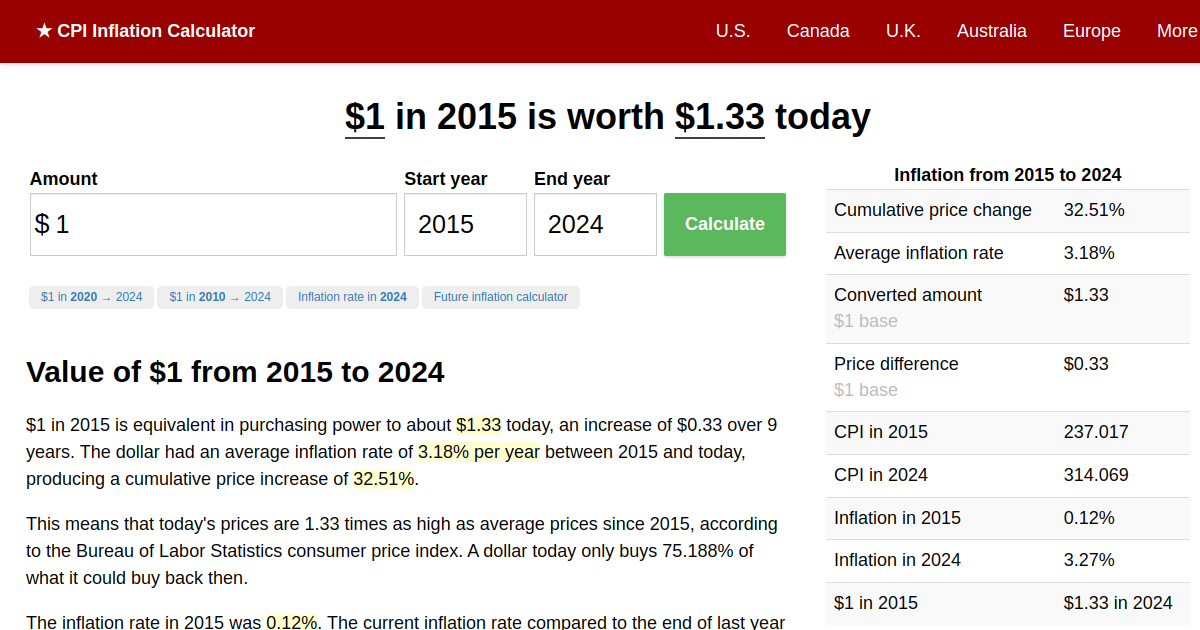I'm not Craig, and I'm actually 100% opposed to his point of view, so let me be the defender of digital corrections.
To make this simple, lens design is always,
always about tradeoffs. There're hundreds of them in each optical formula, really. You can keep adding elements to a design to make it better and better corrected, but those add weight, size and cost to the final design. If you don't care much about those, you end up with something like a Zeiss Otus, a breathtaking lens that weighs (and costs!) as much as a good boat anchor. Or, you can go the Micro Four Thirds/Sony E way, and just rely on software for as many parameters as possible to make lenses that are tiny and cheap.
Most lenses live in neither extreme. The usual fare these days is that designers will try to deliver the most impressive resolution as possible, across the frame, unless bokeh is critical. Sometimes they can do both, like on the RF 135mm f/1.8, at the cost of making a super-specialized lens that is pricey. So, for cheaper lenses, bokeh quality is usually inversely proportional to resolution, at least wide open. Lens breathing can be an important item as well, or not, depending on the application (lenses that will be used a lot for video are more desirable with lower breathing, or you can go the lazy Sony way and just crop the image

). Longitudinal chromatic aberration is a common problem on fast lenses, but isn't always fully corrected, because that's
hard. Lateral chromatic aberration is trivial to correct digitally, but it does exact a penalty on image quality, so most high-end optics tame it pretty well. Coma and residual spherical aberration are only visible in some applications, like astrophotography, and so those can be either let loose or be highly corrected, depending on the suspected application. Since they are higher-order aberrations, stopping down usually has a disproportionately strong effect on them; sometimes, the best compromise is to let the lens coma like hell wide open, and behave much better 1-2 stops down.
This long list of things leaves some aberrations, like vignetting and distortion, far behind on the list of things to correct. These two are quite easy to fix in software, as they only need some mathematical functions to apply the needed projection change or brightening of the edges. Of course, this digital correction comes at a cost – resolution in the corners for distortion and noise for vignetting. As you say, astrophotography is very demanding on lens quality in general, since most aberrations degrade what are already data-deficient images (due to the scant light available). CAs hurt the shape and outline of stars; coma and RSA completely distort them; vignetting makes them noisy; and distortion correction can alter their shape, as well as make them more diffuse. But other applications can also suffer from these aberrations: architectural photography often features extreme dynamic range, and thus any penalty in the borders of the image can often make them unusable, meaning that one needs to stack photos (the same goes for some landscapes); vignetting can lead to cat's eye specular highlights if they're defocused, leading to distracting bokeh for portraits; and distorted corners will never be as good as non-distorted ones, at least on a lens with decent resolution across the field.
However (and I swear this is the last part of an already-too-long reply), digital corrections can often lead to much better lenses overall. Because we haven't talked about many, many other design considerations. AF is a huge one – usually you want the autofocus element/group in the middle of the lens, and the larger those are, the stronger the motors that you will need. And if the design also incorporates IS, that's a big problem too, as now you need to put even more electronic stuff in there, and all stabilization systems degrade image quality, so you might need to compensate for that. Oh, and don't forget that lenses will probably be used at different focusing distances, from near to far, and each setting requires its own optimizations. So, often times what's best for optical designers is to just let a couple of parameters go to hell, in order to create a much stronger formula overall. And these parameters are usually vignetting and distortion, since they're easy to correct for in post and afford the engineers a lot of freedom if left alone. I'd personally take something like the RF 24-105mm f/4-7.1 IS STM over any of the EF alternatives, even with its huge vignetting and distortion, because what I get in return is a much smaller and lighter lens with excellent close focus and versatility, plus pretty good resolution even wide open. Again, this is all about what you're willing to sacrifice.


